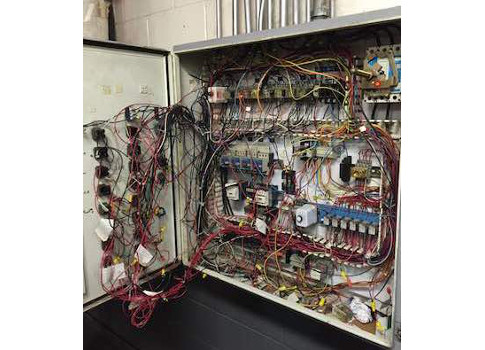jraef
Member
Do what you want with contactor controlled motors, but +1 on the VFD controlled motors being terminated directly to the VFD terminals, ESPECIALLY the ground wires and shields (if any). You don't want to run the output conductors in the same raceway / duct as any other conductors anyway; you are just begging for problems if you do.
RTFM for any VFD, they will tell you this.
RTFM for any VFD, they will tell you this.





